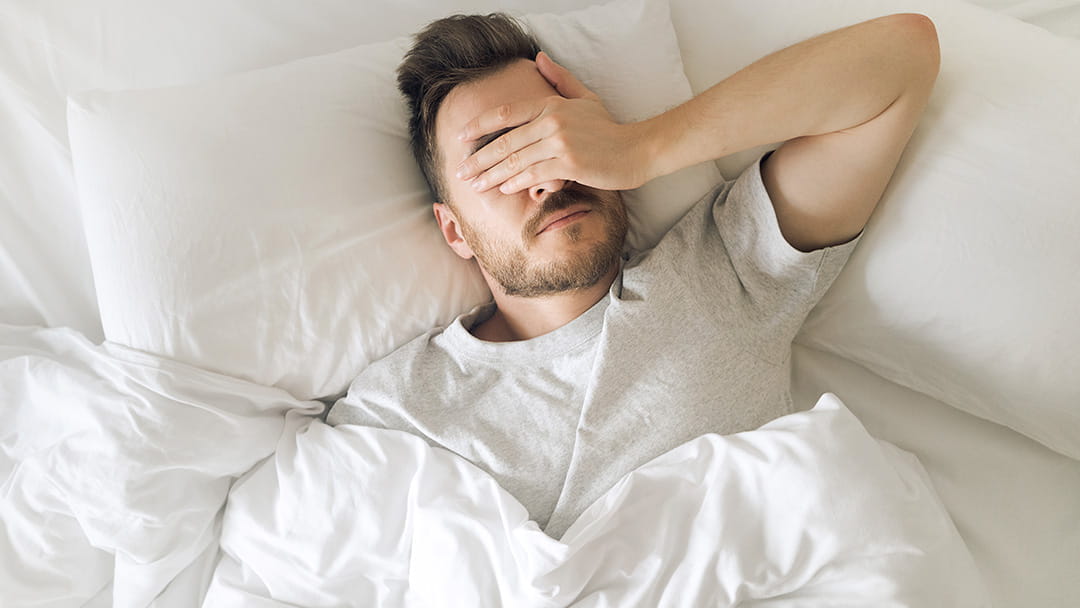
You might take pleasure in the advantages of daylight saving time when the summer time solar glimmers lengthy into night. And you might actually dislike twice-yearly switching between daylight saving time and customary time.
Is year-round daylight saving time the reply? Docs and different well being consultants say no.
Actually, many have voiced opposition to a invoice handed by the U.S. Senate that will make daylight saving time everlasting.
Susheel Patil, MD, director of the UH Sleep Medication Program, agrees that twice-yearly time modifications will not be significantly good for us from a well being and security standpoint.
Research have proven accidents and coronary heart assaults improve the week after we spring ahead to sunlight saving time.
However the higher choice can be everlasting customary time, not everlasting daylight saving time, he says.
“It might be useful to standardize time as a lot as we are able to,” he says. “From a organic and medical viewpoint, ’fall again time’, or everlasting customary time, is extra helpful and extra aligned with our inside circadian clocks.”
Normal time aligns carefully with the solar. Our inside, 24-hour clock additionally aligns carefully with the solar.
Research have recognized long-term well being dangers in massive populations the place peoples’ inside clocks are out of sync with the solar.
Analysis has proven elevated most cancers charges in populations on the western fringe of occasions zones, in comparison with folks on japanese edges. The findings embody abdomen, prostate and liver cancers in males; and lung, breast and uterine cancers in ladies.
The hyperlink between publicity to daylight and well being dangers just isn’t effectively understood, Dr. Patil says. However scientists imagine it stems from disruption in our circadian system, which regulates the sleep-wake cycle.
When the solar rises within the morning, it prompts chemical compounds within the mind that affect our psychological and bodily well being.
Delayed dawn throws a wrench into the rhythm. Yr-round daylight saving time would imply in Ohio, for instance, early January dawn wouldn’t happen till near 9 a.m.
This raises issues about long-term well being dangers and in addition poses a security concern for youths going to high school and a specific threat to sleep-deprived teenagers, Dr. Patil says.
Teenagers’ inside clocks are considerably delayed – they keep up later and must sleep later due to their organic rhythms.
Delayed college occasions for adolescents are favored by many to assist enhance sleep well being, temper and efficiency.
However prolonged morning darkness would make it all of the more durable for teenagers, Dr. Patil says.
The Senate laws to make daylight saving time everlasting strikes on to the U.S. Home for consideration.







